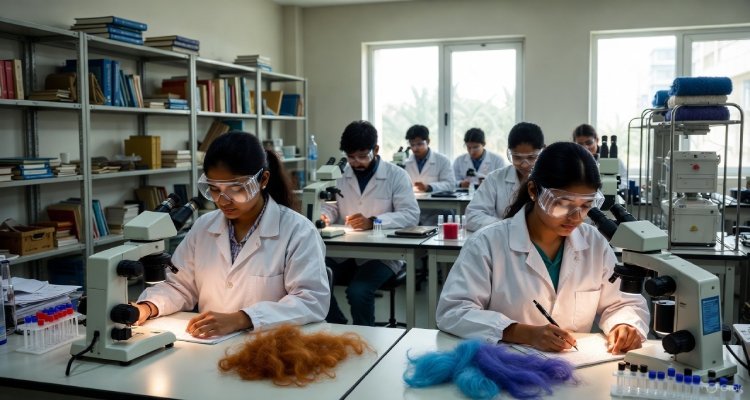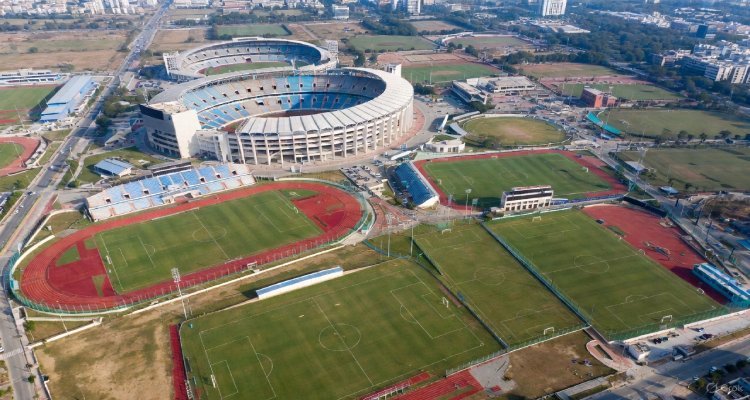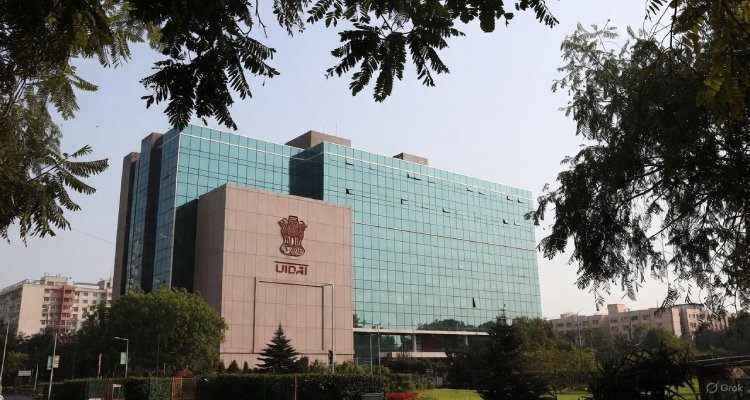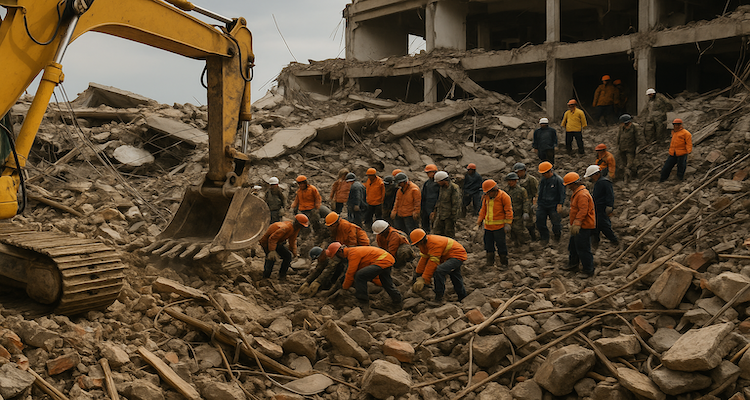Death Toll Rises to 36 After Indonesian Islamic School Collapse
At least 36 students have died and 27 remain missing after a building collapse at Al Khoziny Islamic boarding school in East Java, Indonesia. Search efforts continue.
Tragedy Deepens as Search Enters Seventh Day
Rescue teams in Indonesia are racing against time after the collapse of the Al Khoziny Islamic boarding school in Sidoarjo, East Java. The death toll has now climbed to 36 students, up from 16 a day earlier, according to the country’s National Disaster Mitigation Agency (BNPB).
Despite days of relentless digging, 27 students mostly boys aged 13 to 19 remain missing under layers of debris. Rescue efforts entered their seventh day on Sunday, with officials determined to finish recovery operations by Monday.
The Collapse: A Moment of Prayer Turns to Horror
The Al Khoziny pesantren a traditional Islamic boarding school was filled with hundreds of students last Monday afternoon as they gathered for prayers. Without warning, the structure gave way, crushing parts of the dormitory and prayer area.
Investigators believe the school’s foundation failed under the weight of ongoing construction work on its upper floors. “The building simply couldn’t handle the additional load,” an official involved in the recovery effort told local media.
Relentless Search and Rescue Efforts
For nearly a week, rescuers have been working around the clock. Using cranes and excavators, teams carefully removed slabs of concrete while continuing to call out students’ names through the rubble. Early hopes of finding survivors faded after repeated searches yielded no signs of life.
On Friday, officials obtained parental consent to use heavy machinery a painful decision for many families who had waited in prayer and anguish since the collapse. The BNPB reported that the debris removal process was 60% complete as of Sunday and that all remaining rubble would likely be cleared by Monday.
Families and Communities Grieve
Families from across East Java gathered near the site, holding vigils and prayers as they awaited updates. Many refused to leave until every missing child is accounted for.
“This tragedy has shattered our hearts,” said one parent, speaking to local reporters. “We just want to bring our sons home, whatever condition they are in.”
The Indonesian government has deployed additional emergency personnel and medical staff to the area. Local mosques have opened their doors to shelter displaced families and host memorial prayers for the victims.
A Broader Reflection on Indonesia’s Pesantren System
The disaster has also renewed attention on Indonesia’s pesantren system Islamic boarding schools that play a central role in the country’s education and faith.
According to the Ministry of Religious Affairs, Indonesia hosts roughly 42,000 pesantren serving 7 million students, making it the world’s largest network of Islamic schools. While these institutions are pillars of education and spiritual life, many operate with limited infrastructure oversight, raising concerns about safety standards.
Experts say this tragedy underscores the need for stricter construction regulations for religious and educational facilities, especially those expanding their buildings without professional engineering assessments. “Structural audits must become mandatory before new floors or renovations are added,” said a civil engineer from Surabaya University.
Government Response and Ongoing Investigations
Authorities have promised a full investigation into the causes of the collapse. Preliminary assessments point to weak foundational support and possibly substandard construction materials used during expansion work.
The Ministry of Public Works has sent engineers to inspect other similar schools in the region to prevent a repeat disaster. Meanwhile, President Joko Widodo expressed condolences to the families and urged local governments to ensure that all school buildings meet safety standards.
A Nation Mourns, but Lessons Await
As Indonesia mourns the young lives lost in Sidoarjo, questions remain about accountability and the protection of students across the country. For many families, grief is mixed with anger and a desperate hope that change will follow.
Rescuers vow not to stop until every missing student is found. “We will not leave this site until the last boy is recovered,” said one rescue worker.
Conclusion: Searching for Hope Amid Tragedy
The collapse of Al Khoziny has become a stark reminder of the fragility of life and the cost of neglected safety measures. In a nation where education and faith are deeply intertwined, the disaster has called attention to how both must be protected with stronger, safer infrastructure.
As cranes lift the last slabs of debris, Indonesia faces a painful reckoning and a chance to ensure such tragedies never happen again.
(Disclaimer: This article is based on verified updates from Indonesia’s National Disaster Mitigation Agency and local authorities. All factual information has been corroborated with official reports.)
ALSO READ: Trump Featured on Draft U.S. $1 Coin for 2026 Anniversary











